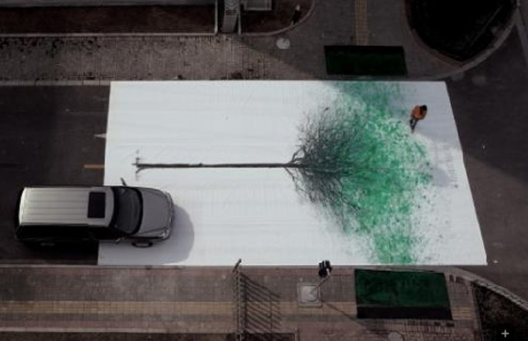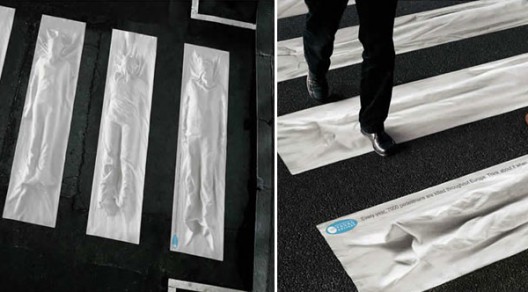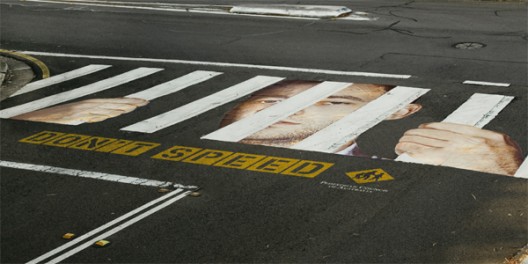Lars Gemzoe, Senior Consultant and Associate Partner at Gehl Architects visited Chennai in early December for a three-day workshop on Public Space Public Life surveys. Kumar Manish, Communications Officer at ITDP India, caught up with Gemzoe for a tête-à-tête.

Lars Gemzoe in Chennai
KM: What are the main challenges for growing cities in India?
LG: Providing quality public spaces remains a critical issue in India. India’s mega cities need facilities not only for necessary activities (like commuting and shopping), but also for optional activities (like leisure walking, people-watching, and talking to friends).
KM: Counting people, not counting cars—does this kind of survey work?
LG: City surveys need to be humane and innovative in their approach. People are invisible in planning process of most cities. There are lots of data available on vehicular traffic, noise levels, pollution, and speed, but no data on pedestrians. The Public Space Public Life survey focuses on people moving by foot.
KM: What is the role of political leadership in building a livable city?
LG: Political leadership builds up a certain momentum for public causes and is highly necessary to bring a paradigm shift in the use of public space. You need political will, greater understanding among the public, and people in planning process or officials in administration for bringing positive changes in the city.
KM: Is there a need to sensitize urban planners and architects?
LG: Architects and planners rely on data to carry out their work. There is a direct link between available data and people’s perspectives. Good quality data can change the terms of the discussion and create a mandate for good design.
KM: Can public space become a brand for a city?
LG: Public space has both image and visual appeal. People space can be a brand for a city. See the example of Barcelona: each public space is a unique one and the authorities keep on trying new things. Public spaces are also a symbol of equality and inclusiveness.
KM: How was your experience in Chennai?
LG: Chennai is an extremely friendly city, amazing and full of colors. You walk around and take photos easily while in many countries you have to be very careful about taking pictures. Here if you give people a smile they smile back.

Lars Gemzoe
Link directo:
http://www.itdp.org/index.php/news/detail/count_people_not_cars_says_lars_gemzoe/





